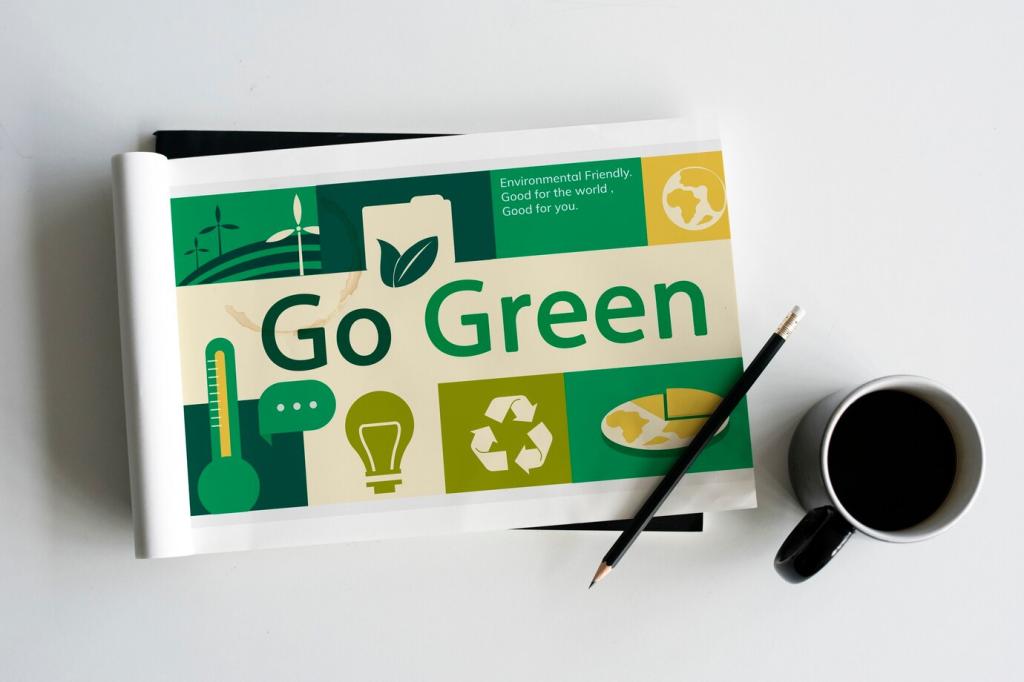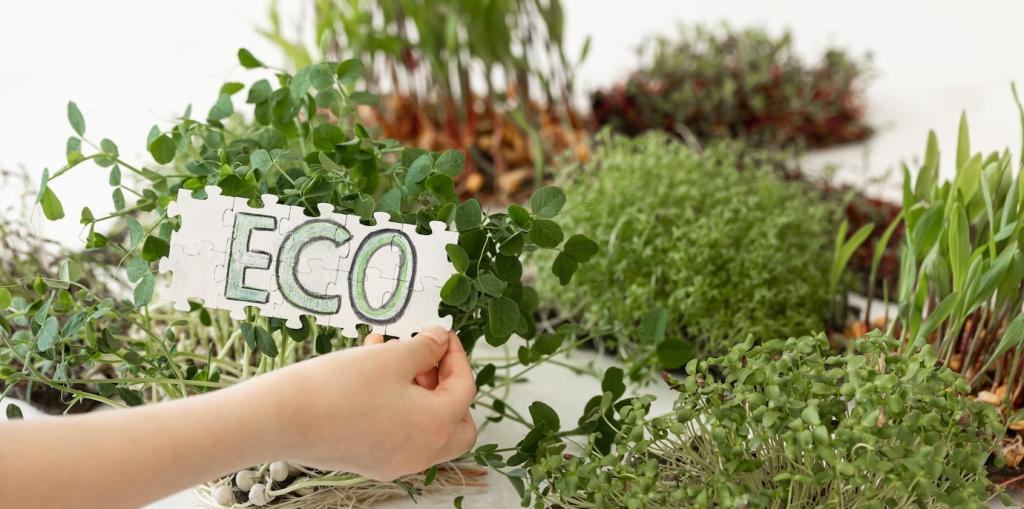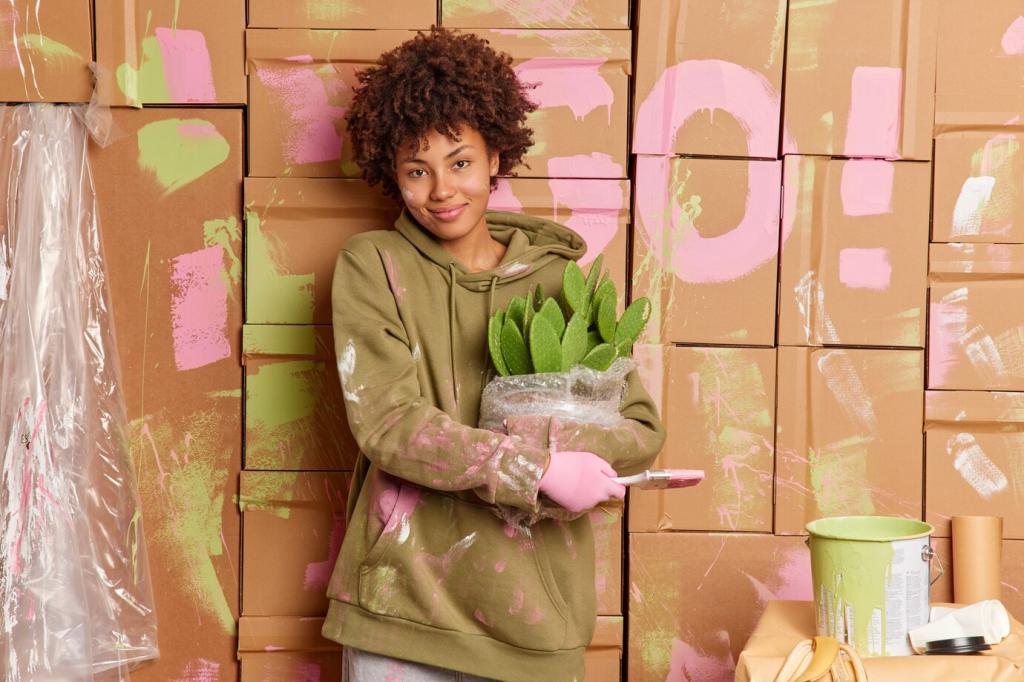Why Recycled Materials Belong in Modern Homes
Modern spaces can feel serene yet impersonal. Reclaimed oak, recycled glass, and patinated metals introduce texture and subtle variation, softening minimal lines without visual noise. Do you crave calmer rooms with character? Tell us which textures you’d pair with your palette—your ideas may inspire our next feature.
Why Recycled Materials Belong in Modern Homes
Choosing recycled content reduces demand for virgin extraction and energy-intensive manufacturing, helping shrink a project’s overall footprint. From reclaimed structural lumber to recycled aluminum tiles, each choice adds up. Curious where impact matters most in your home? Comment with a room, and we’ll share targeted strategies in upcoming emails.





